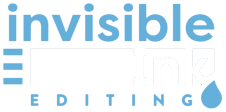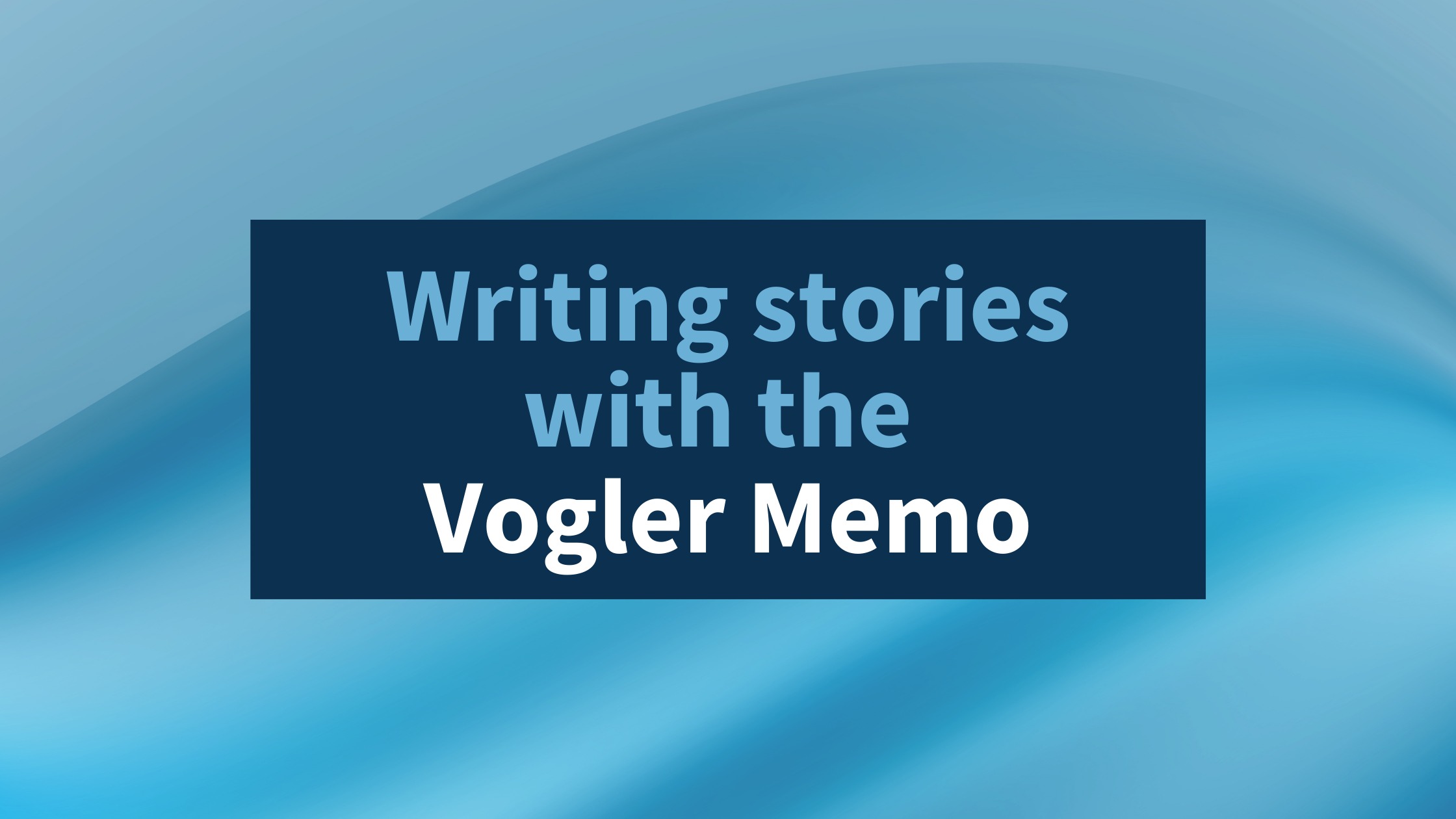We are living in the golden age of audiobooks. Thanks to the rise of the Audible app and others, thousands of readers have discovered just how enjoyable it is to listen to books while they’re cleaning the house, out for a walk, or jogging at the gym.
Just how many people are consuming audiobooks? One study from Edison Research and Triton Digital found that around half of U.S. citizens aged twelve and over listened to an audiobook in 2019.
That’s an enormous potential audience, especially for authors who are new on the scene and looking to grow their readership. But is it worth the investment? And how do you go about actually turning your book into an audiobook?
To answer these questions, we spoke with Stewart Storrar, a writer from Glasgow, Scotland. Stewart works with Voquent, one of the world’s leading voice-over production agencies.
Is it worth producing an audiobook?
As an indie author, you know that producing, self-publishing, and marketing your ebook requires some budget. So are the production costs of producing an audiobook worth it?
Getting an audiobook produced isn’t free unless you plan to record it yourself. Even then, you will need the right equipment and applications to pull it off.
As mentioned above, producing an audiobook does open you up to an entirely new audience, which could translate into more sales. Publisher Simon and Schuster said that their audiobook sales rose by 14% in 2018, and those numbers are only growing.
When you host your novel on a service like Audible, you receive royalty payments any time a user on the platform downloads your audiobook using their credits (which come with membership) or purchases it directly. The downside is that you don’t have control over how much your book is listed for or whether it’s offered at a discount price. This means you may get lower royalty rates than you would selling an ebook or physical copies of your book. But on the upside, Audible lends assistance with marketing your book, and audible listeners often go through dozens of audiobooks in a single year (meaning more chances your book will be published).
Of course, as a first-time author, your focus shouldn’t be exclusively on selling more books, but on growing your audience and boosting your name recognition (so you can sell more books in the future). Selling an audiobook broadens your audience and will help you with this goal.
Beyond earning more income from your first novel, producing an audiobook also makes your novel accessible for people who may be visually impaired or unable to read books for certain reasons.
Publishing an audiobook may also open your audience up on an international level. Some people who don’t speak English as their first language may find listening to English far more comfortable than reading it.
So, how does one go about turning a book into an audiobook? Before we can get into that, you need to make an important decision about the type of audiobook you want to produce.
What Are The Different Types of Audiobook Narration?
There are two main types of audiobooks, and which one you choose will be up to you and what you think your audience would prefer.
Option 1: Third-person audiobooks
The third-person audiobook is standard for most nonfiction books, such as e-learning resources, dictionaries, biographies, autobiographies, self-help novels, and so on. An excellent example of this would be a biography narrated by the person the book is based upon; for example, a celebrity might choose to narrate their own biography. Fiction authors can opt for this method, too, if their book is written in the third-person perspective.
Option 2: Acted audiobooks
This type of audiobook has a similar feel to that of a radio drama, in that the different characters in the book have other voices. These audiobook types also have a dedicated voice actor to narrate the story alongside the different voices from a third-person perspective. There are two ways to accomplish this. The first is to hire a variety of voice actors for the different characters. This method is usually more expensive and harder to put together coherently.
A more cost-effective way of arranging an acted audiobook is to hire one voice actor with a wide range of voice capabilities and therefore able to voice all your different characters. This requires knowing how to pick the right voice actor for your book.
The Process from Book to Audiobook
From the two main types of audiobook narration, the process of creation will differ, primarily in the actual production stages. What doesn’t change is the overall process itself.
Step One: Choosing your distribution platform
The first step is determining what platform you intend to use when distributing your audiobook, as this will determine the overall technical specifications for the project. The most common is Audible from Amazon, but other platforms such as iTunes, Google Books, and Spotify do offer Audiobook distribution options. Each platform will have its specific requirements, but good practice is to tailor your audiobook to Audible’s specifications, as Audible is the go-to for audiobooks and will be the place you will more than likely see most of your success. The specifications for Audible will usually be compatible across other distribution platforms too. After choosing your platform and taking note of the specifications you will need to adhere to, the next step is choosing the language you want, and writing the script for the narrator or voice actor.
Step Two: Organizing your book for production
For the audiobook, if choosing a foreign language, you will need to transcribe your book into that language yourself or hire a translator to do it for you. What makes the most sense is turning your book into an audiobook script, then getting it translated, as this will be the most cost-effective way to proceed.
Voquent recently released a blog on scriptwriting, if you are looking for more help on that front. The script itself can be structured in numerous methods, but most authors simply choose to annotate their novel. What this means if you are an author, is adding notes to certain lines or sections of dialogue to help instruct the narrator or voice-actor. This is particularly effective for sections of dialogue that are crucial to character development, their character arcs, and the overall plot – if dealing with fiction that is. If dealing with non-fiction, as an author, you will rarely need to add many annotations (if any) to your book.
It is important to note that for audiobooks, scripting can also mean converting your book into a voice-over script format. This method is rarely ever used as there isn’t much need for it. Its only real application would be for dialogue-intensive novels. Even then, most authors opt to simply annotate their manuscript for their voice actor.
Getting your script ready to go into the production stages is vital, and mistakes in this script can slow down the process later on. With this in mind, the next process is getting your script (or various scripts) proofread and edited. Almost needless to say, Invisible Ink excels at these particular services and will get your masterpiece ready for production.
Step Three: Choosing your voice
Next, you need to choose a narrator voice that will capture the essence of your story for your audio listeners. This is where the type of audiobook you have selected to produce will impact the process. You will only need one voice for a narrated audiobook, and this voice will tend to be a seasoned narrator (the more likely choice if you have a nonfictional audiobook). In contrast, you may need multiple voices for an acted audiobook, but most often opt to choose one talented voice actor instead that can voice all your book’s characters (if your book is fiction). Choosing one voice actor that is capable of doing all your character’s voices is also an excellent way to keep your audiobook production cost-effective.
Helping you find voices is what Voquent excels at, thanks to our expansive voice directory and powerful filter tools to help you find the right narrator match. You will need to think about the delivery style you want, the tone, the pitch, and the pacing, among other things. If you’ve written a first-person narration for your style, then you’ll want a voice that sounds similar to how you imagine your character would sound. If you’re using third-person narration, you want an author who can convey the tone of your novel with the sound of their voice. It may take time to shop around, but most voice-acting services like Voquent give you the chance to listen to samples before selecting a final choice.
Once you have a voice you are happy with, it is onto the actual production itself.
Step Four: Production and distribution
Once you’ve chosen the voice for the narration, the hard part is over. This step essentially requires you to stay in the loop with the production progress and perhaps answer some questions or provide feedback.
The process of getting all the lines recorded and edited for your final audio file will take a few weeks at the absolute minimum. However, every audiobook is different, as is every voice actor and narrator. The time the project takes will vary wildly dependent on word count, how many languages you plan on serving, and how many revisions you want for sections of your audiobook. The process of reviewing the final product is where you will have the most involvement.
In terms of the production itself, the recording will be conducted at a recording studio for the best quality possible, if your budget allows. The recordings and files that are produced are then put together and professionally edited by a sound engineer using state-of-the-art software (such as Pro Tools). After the review process, if you are happy with the file, the next step is to get it ready for distribution.
After you have your completed audiobook file, you need to get it onto the distribution platform you chose at the beginning of this process. Every audiobook distributor has a slightly different process, but generally, this will involve making an account on their platform, filling out your details for tax and revenue handling, and then uploading your files, book cover, and descriptions of your work. The uploading process can take a few minutes or perhaps up to an hour, depending on the file size and your internet speed, plus the time needed to fill out your information and craft compelling copy for the audiobook page.
Getting your book turned into an audiobook can seem like a daunting process, but hopefully, these insights will help you decide what is best for your book.
For more advice on how to turn your novel into an audiobook, get in touch with the team at Voquent, or reach out to one of our editors and we’ll be glad to give you some guidance.





